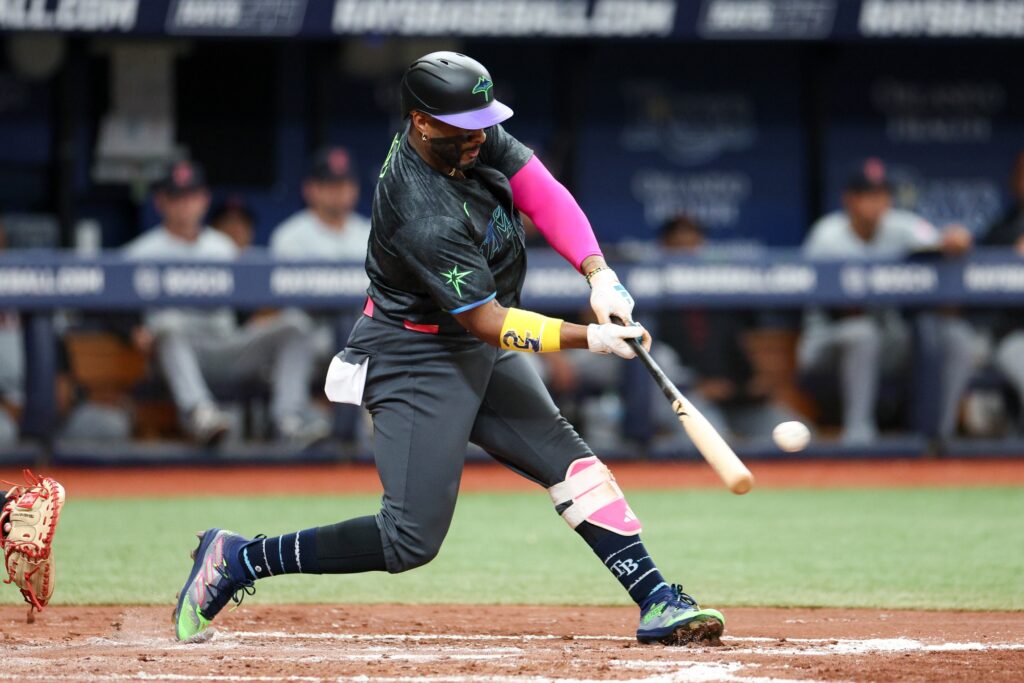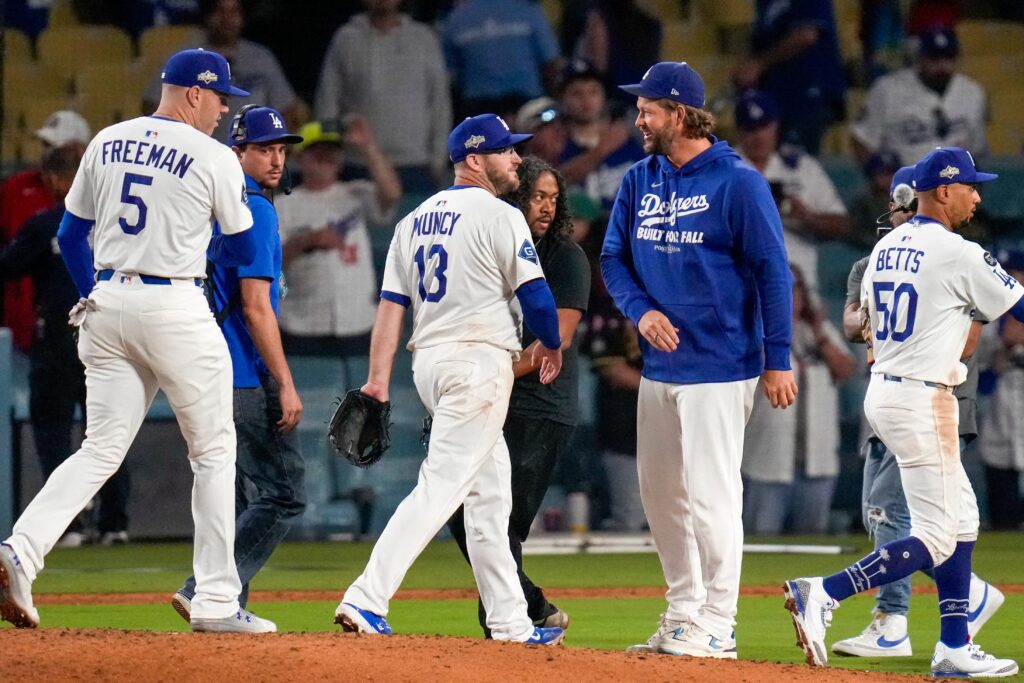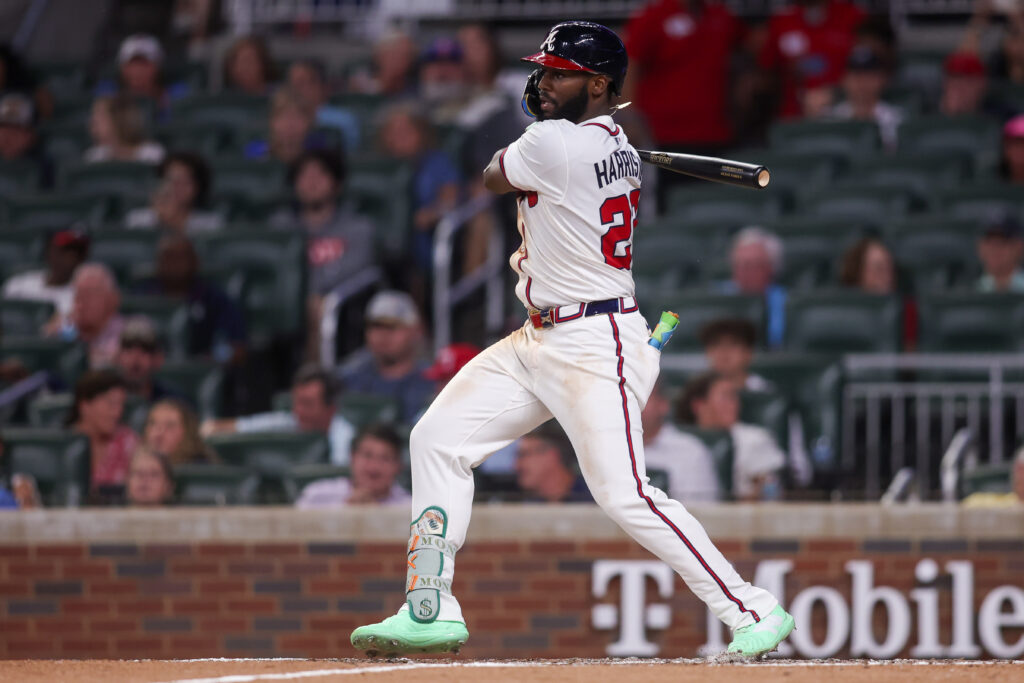The seemingly never-ending saga of a potential new stadium for the Tampa Bay Rays took another step forward on July 18th. That was the day that the St. Petersburg City Council voted 5-3 to approve a $6.5 billion development deal that includes plans for a new stadium. While many Rays fans across the internet rejoiced, there were those in the fanbase and the community who did not for a variety of reasons.
A new Rays stadium moves closer to reality, but concerns remain for many
Tampa Teams Should Play in Tampa
This has been a point of contention for many Rays fans in the Tampa Bay area. Fans located in Hillsborough County, where Tampa is located, must travel over the bay via bridge to get to games in Pinellas County. With the increasing amount of traffic in the area, fans find themselves traveling for well over an hour every game.
With 81 home games a year, that would mean a season ticket holder would spend north of 160 or so hours a year going and coming from games. That comes out to be nearly an entire week.
While this has been a large sticking point for many critics, the truth is that many professional sports team fanbases have dealt with the same issue.
The Texas Rangers play in Arlington, which is between Dallas and Fort Worth and outside both city limits. Atlanta Braves fans complained that they now had to drive to Marietta on the outskirts of the city to visit the newly built Truist Park.
NFL fans have felt the pain for years, as the New York Giants and the New York Jets both play in a different state altogether. The New England Patriots play in Foxboro, about 25 miles away from Boston.
And if we are being pedantic, which I love to be, they are the Tampa Bay Rays. The cities of St. Petersburg and Pinellas County easily meet the criteria for being in the Tampa Bay area.
Teams should pay for stadiums, not local government
Taxpayer-funded stadiums are not a new phenomenon. For decades professional teams have sought public funds to build new stadiums, with great success in many cases.
In 2022, the NFL’s Buffalo Bills received $850 million in public money to build a new stadium. Nearly $1 billion in tax money will be spent on a new arena for the NBA’s Oklahoma City Thunder.
Sometimes, it’s been new cities offering large amounts of funding for teams to pull the trigger on relocating. A prime example is the city of Las Vegas.pub
The Las Vegas Raiders received a $750 million public subsidy to entice them to move to Sin City from Oakland. The soon-to-no-longer-be Oakland A’s are joining the Raiders in Las Vegas in 2028, to the tune of $380 million in public funding.
Construction for the new Rays stadium appears that will be funded 50/50 by the local government and the team. The Rays would put up $700 million with the city of St. Petersburg contributing $312.5 million and Pinellas County another $287.5 million in public funding.
While these numbers are large no doubt, they pale in comparison to the overall development project’s $6.5 billion overall price tag. The stadium is merely the high-profile centerpiece of a complete overhaul of the historic Gas Plant District, which will include infrastructure upgrades, affordable housing, and new commercial areas for new businesses. Many proponents of the project see it as a long-overdue investment into the future of the area.
What’s next?
St. Petersburg City Council has approved the Rays new $1.3 billion stadium project, per @Colleen_Wright pic.twitter.com/cGXSI7RQjB
— FOX Sports: MLB (@MLBONFOX) July 18, 2024
While the city has agreed to its portion of the project, Pinellas County will now hold its own commission meeting at the end of July to vote on whether they’re onboard. All signs point to the project moving forward, but there are no guarantees a last-minute push by concerned constituents won’t cause the county to bail out.
Whatever the outcome may be, the truth of the matter is that the Rays are playing in one of the oldest stadiums in the MLB. While it has its charm with the dome and catwalks, it is a relic of a different era that is in dire need of catching up to modern amenities.
The historic and personal moments experienced within the walls of Tropicana Field can never be replicated, but a new home to create new ones can be built.
Main Image: © Nathan Ray Seebeck-USA TODAY Sports



